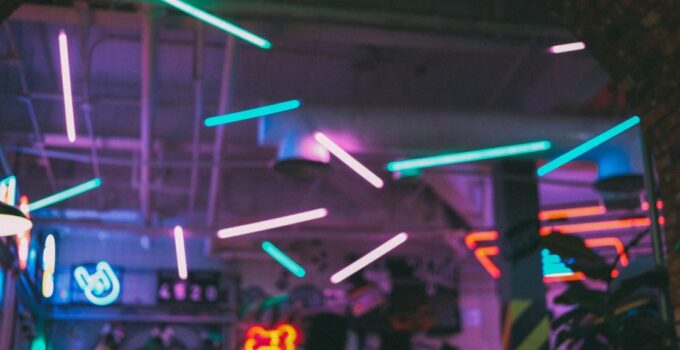Neon lights are those bright, dazzling, colorful lights we see across billboards, decorative signposts, and stylish illustrations in shops and stores. However, these attractive lights are not restricted just to signboards and shops, and they are also being increasingly used to give a spunky look to rooms and indoor parties.
With the increased use of LED Neon lights have become synonymous with ordinary Neon lights due to versatility and low energy consumption. So if you are a shop owner who wants to grab your customers’ attention or a youngster who wants to upgrade the decor of his room, you can try echoneon.com for cool or gorgeous neon lights.
What Are Neon Lights?
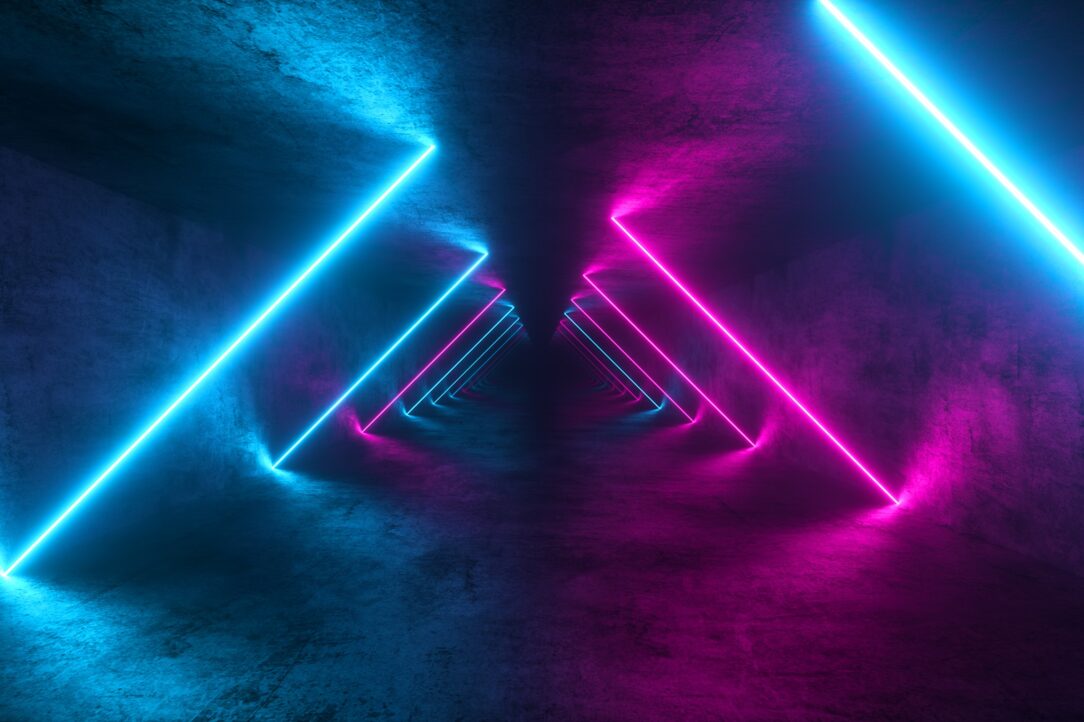
Source: facebook.com
The name for these lights comes from Neon, a Noble gas with an atomic number of 10. This group of elements include Argon, Krypton, and Xenon. They are also called Nobel due to their low reactivity with other periodic table elements.
A sealed glass tube filled with Neon produces a reddish tinge. Likewise, the tube can produce several colors depending upon the other gasses mixed with it. For instance, Carbon dioxide produces a dazzling white light, Hydrogen gives a reddish tone, and Mercury gives off a bluish tinge.
As electric current is passed from the cathode (positive terminal) to the anode (negative terminal) of the tube, the gas within gets ionized, its outer shell electrons get energized and then return to a stable state, losing the gained energy in the form of photons or light energy. Light is produced by setting a voltage which can lead to ionization of the gas in the tube.
Why Are Neon Lights So Popular?
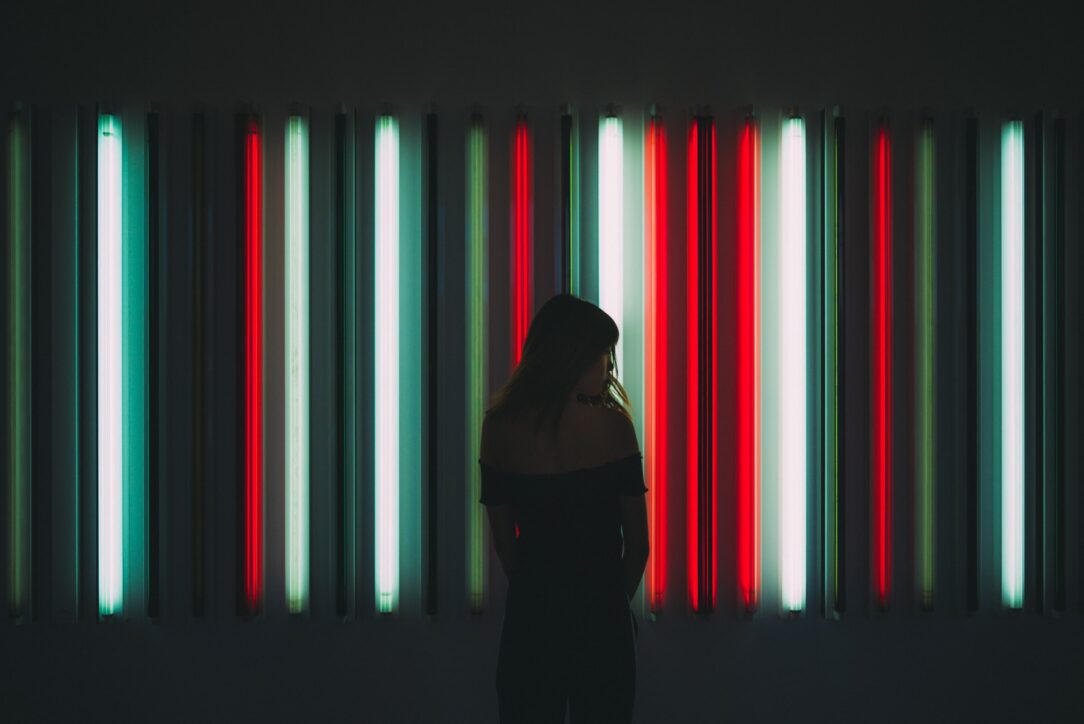
Source: unsplash.com
There are primarily three reasons why these lights have gained immense popularity.
They Easily Grab People’s Attention
The shop owners and the hoarding advertisers generally choose these lights because of the attraction it creates in the people’s mind. They are bright, stylish, and readable from a distance.
Its Maintenance Is Less Cumbersome
With very basic maintenance, these lights last for greater than 15 years. Thus, once installed, they have to be replaced only after 15 or more years; hence, maintenance and replacement costs decrease.
They Are Energy-Efficient
Compared to the conventional fluorescent tubes, these lights consume much less energy.
Energy-efficiency of The Neon Lighting
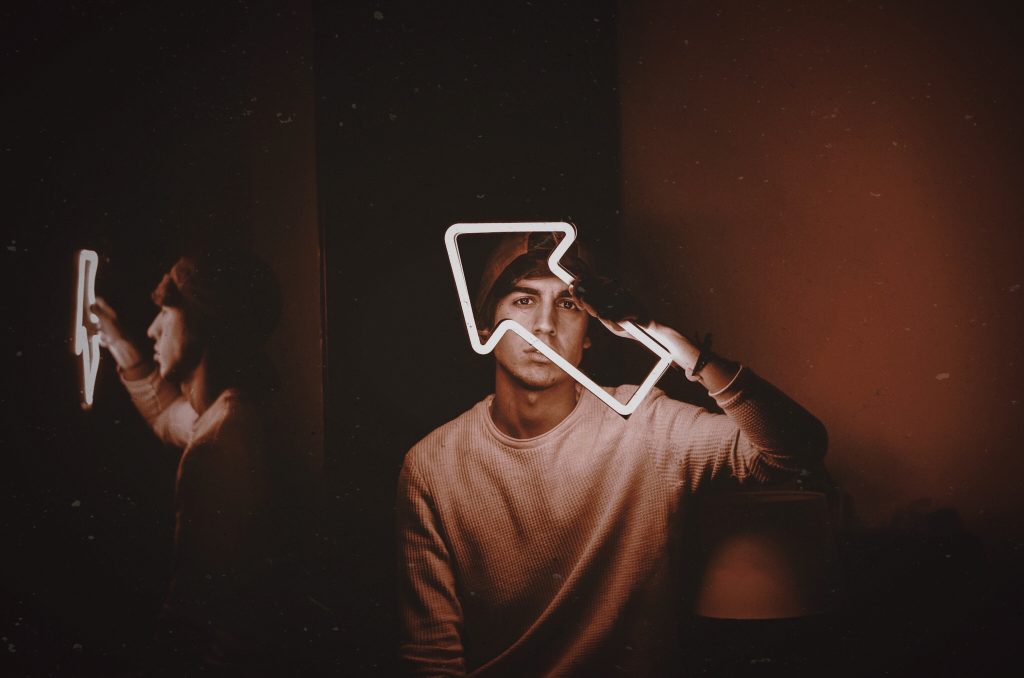
Source: neonloving.com
Whenever any light emitting device is to be fitted, one of the core concerns of consumers is its energy efficiency. Typically a neon light consumes about 4 watts per foot of energy. Whereas, these days, more advanced versions like Neon LEDs have come out on the market, which consumes only 1.5 watts per foot of energy.
Much More Energy-Efficient Than Fluorescent Lightings
Neon lights are typically used by shops and continue to be used from dusk to all night long which is about 12 plus hours. A tube of Noble gas-filled light about a foot long will use 16Kw-hour energy on average for one year compared to a fluorescent tube which uses 24Kw-hours of energy per year.
At first glance, it might seem like a small difference. Yet, one must remember that neons last for about 15 years; hence, if there is an average difference of 8Kw-hrs per year, it becomes a significant 120 kw-hrs for 15 years.
Energy Efficiency Comparison With Incandescent Bulbs
An incandescent bulb is a vacuum-filled bulb where the filament is heated to produce a glow. Although these bulbs can be bright, their energy efficiency is way lower. These bulbs consume four times more energy than neon lights.
Energy Efficiency As Compared To LED Tubes
LEDs or light-emitting diodes are semiconductor-based devices that have gained widespread acceptance given their sustainability. Although LEDs might be environmentally more sustainable, they are generally dim.
Hence if an LED is to give out the same intensity of bright flashing light that neons produce for 12 plus hours, then the cost of LED would be comparable to or even greater than the cost of the latter.
LED Neon Lightings And The Plain Neon Lightings
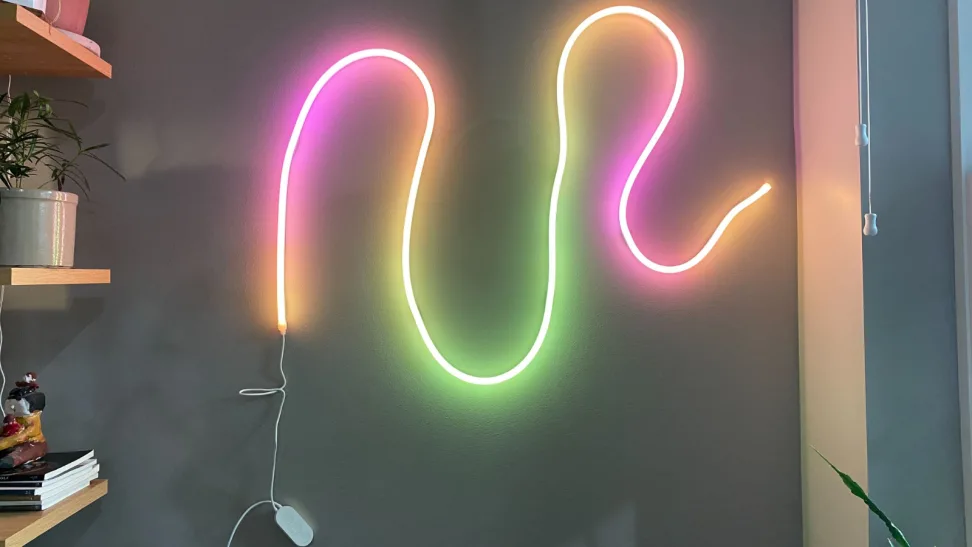
Source: reviewed.com
LED Neon, as the name suggests, combines the better features of both neon lights and LEDs. Just like LEDs, they last longer and are thus environmentally more sustainable. Again, they are bold and bright; thus, they counteract the major disadvantage of plain LEDs, which are much dimmer in terms of light intensity.
It consists of numerous LEDs fitted on a strip at such a distance that their lights overlap and produce a continuous shaft of light replicating the light from a tube. The light color of an LED depends on the material with which the semiconductors are made. Primarily the two materials used are aluminum gallium indium phosphide alloys and indium gallium nitride alloys.
The first alloy produces red, orange, or yellow light, whereas the second produces green, blue, or white light. The combination of LEDs on the strip made from different alloys gives different colors and hues. Moreover, these lights do not flicker and can be dimmed as desired.
These lights last for more than fifty thousand hours. Apart from this, they are about ten times more energy-saving than simple Neon lights. They are gaining widespread acceptance for their high durability and their high flexibility.
These tubes can be bent easily to any shape and size and thus have become a favorite for those who are fans of custom-made illustrations. Plus, they have a pretty easy installation procedure. In fact, several do-it-yourself installation videos exist that can guide you to install these the way you want.
Also, given that they pack in so many desirable qualities, people might think they will burn a hole in your pocket. However, they are quite affordable and can easily fit into your budget.
Conclusion
Two things that are always on the minds of shop owners and party planners are the costs involved, and the attractiveness of the lights. These next generation LEDs are both easy on the pocket and also attractive to look at.
However, if shop owners want to reduce their electricity expenditure further, they can prudently switch on and off the light during rush hours. For example, if the lighting is to be used for a pub it can be switched on post 7 or 8 in the evening.
Likewise, if the lighting is for a new year’s party venue, it can be switched on post 9 or 10 at night. In this way, the lighting will serve the dual purpose of increasing footfall and saving energy consumption at the same time.

